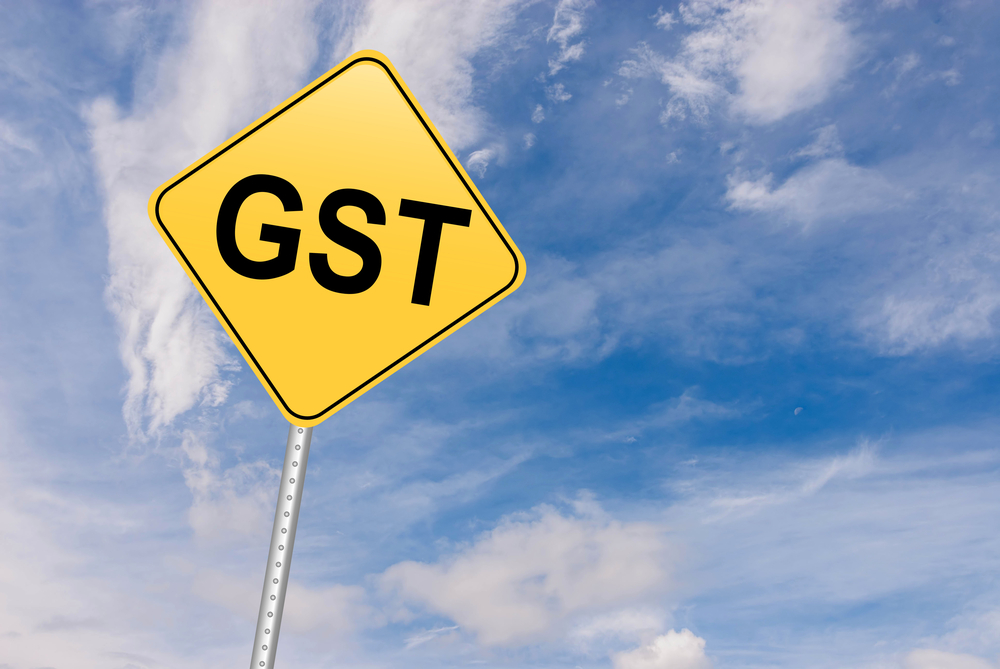This July, GST clocked in three years. It has been a muted anniversary. The raging COVID pandemic, sluggish economy and severe shortfall in tax collections, including the ongoing tussle between the Centre and States – over the Constitutionally guaranteed compensation on which the Centre seems to have backtracked – have taken the sheen off. In this maelstrom, actual issues, which cropped up in the last three years, stand eclipsed. These issues need immediate redressal if GST is to live up to its commitment of a “good and simple tax”.
Un-glitching the portal
The most publicised benefit of GST was that all compliance would be purely through a digital interface. Yet, the GST portal itself has been unable to reach a stage of complete implementation even today. Various forms and returns that were to be introduced on the transition itself, have not been rolled out three years into the regime, and a truncated return instead continues to be filed. The absence of complete automation of GST compliance, coupled with multi-fold regulatory filings, has been a constant nightmare for businesses, big or small. Even amongst certain of the forms that have been introduced on the portal, technical issues have arisen. A case in point is the form enabling transition of tax credits from the old regime into GST. While this form was to be filed by 31 December 2017 – failing which credits would not be transitioned and would lapse permanently – glitches in the portal prevented several taxpayers from being able to do so within the deadline. Ironically, this is one of the most litigated issues under GST.
It is only to be expected that as filings mount, and the full fleet of forms is implemented on the portal, more such issues will be encountered. Recently, the Government also announced that a new GST e-invoicing requirement will be applicable for businesses with a turnover exceeding INR 500 crore. This will entail additional pressure on the GST online infrastructure. If the past is anything to go by, due preparation should be made to ensure that glitches do not recur.
Setting up the Appellate Tribunal
The appellate mechanism under GST is also yet to be fully functional. Three years on, and the Appellate Tribunal has not been set up by the Government. The absence of the Tribunal recently created issues when the GST authorities proceeded to recover an amount from a taxpayer who was yet to file an appeal to the Tribunal against an adverse order it had received. The taxpayer approached the Bombay High Court, which directed the authorities to refund the amount, since the company had already paid the 20% pre-deposit of tax mandated under law, but had been unable to file the appeal for no fault of its own.
Interestingly, a year ago, the Madras High Court had ruled that the structure of the Tribunal was unconstitutional, primarily on the grounds that its administrative members outnumbered judicial members. A robust appellate mechanism is a sine qua non for any tax legislation, and the Government ought to have promptly taken the necessary steps to address the shortcomings identified. Yet, the Government seems unmoved.
Putting anti-profiteering to bed
One of the biggest issues under GST relates to the anti-profiteering mechanism, set up to ensure that tax savings realised by businesses on account of the introduction of GST – either due to lower tax rates or availability of greater tax credits – are passed on to customers in terms of the pricing of goods/ services. These anti-profiteering provisions were meant to have a limited enforcement, perhaps similar to Australia, where such an approach was successful. In reality, the Government, through the National Anti-Profiteering Authority (NAPA) – the all-powerful body that decides profiteering complaints – has unintentionally ended up creating a price regulator which further adds to the woes of corporate India.
The approach of the NAPA has been questionable from the start. First off, it failed to lay down a methodology to guide businesses on how to pass on the benefits of GST. Resultantly, various critical issues (e.g. how to factor in simultaneous changes in inputs costs, whether there should be a de minimis threshold for profiteering) have been arbitrarily decided in NAPA rulings, often in a contradictory manner. NAPA’s approach to procedure has also been problematic, to say the least – there have been instances of expansive proceedings based on anonymous complaints, with multinationals in various sectors from real estate to FMCG to fast food chains having to bear the brunt of huge demands.
In fact, the Delhi High Court is currently presiding over a set of challenges to such unreasonable NAPA rulings, and in the coming days, will decide on their constitutionality. It is high time that the Government steps in to modify the relevant provisions and approach, so as to introduce a spirit of minimal enforcement of the anti-profiteering mechanism, as well as minimise litigation.
Path forward
These initial three years of GST were largely focused on gaining familiarity with the new regime, facilitating routine filings on the portal and ensuring that no profiteering took place. The next stage of GST will undoubtedly see the full flurry of tax demands being issued to businesses. At this juncture, it is critical for the Indian Government to urgently redress these highlighted lacunae, so as to set the stage for a more robust and efficient GST.
Kumar Visalaksh is a Partner at Economic Laws Practice. He can be reached at kumarvisalaksh@elp-in.com. Divya Jeswant is a Counsel associated with the firm. The views expressed are personal.



